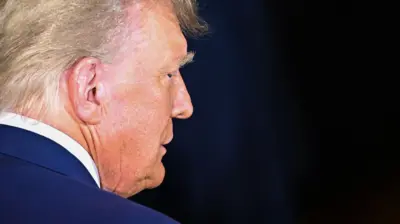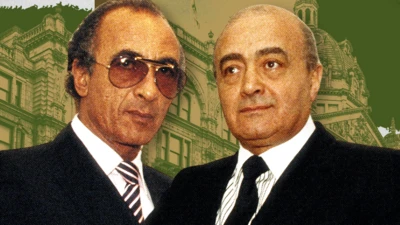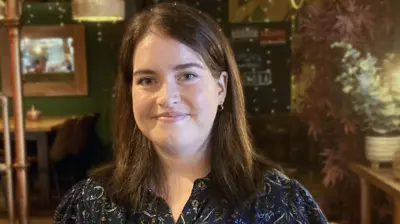We've updated our Privacy and Cookies Policy
We've made some important changes to our Privacy and Cookies Policy and we want you to know what this means for you and your data.
Is AstraZeneca a sign of wider pharmaceutical woes?
- Author, James Gallagher
- Role, Health and science reporter, 91ČČąŹ News
The announcement by the drug maker AstraZeneca that it will cut another 7,300 jobs is the latest warning about the health of the pharmaceutical industry.
It comes a year after Pfizer announced it would close its UK research site.
There are still large profits being made, but there are pressures on the whole industry.
Huge costs in developing new drugs are paid for with huge profits while the company has exclusive rights to manufacture the medication. However, when patents expire, anyone can manufacture the drug and profits plummet.
Many money-spinners are reaching the end of their lifespans and there are concerns that not enough new drugs are coming in to replace them.
Jonathan de Pass, chief executive of the company EvaluatePharma, told the 91ČČąŹ: "It's just an immensely challenging time for big pharmaceutical companies. Their whole business model is under huge strain - the whole research model is under pressure."
One of the problems with drug research is that the obvious drugs have already been made.
Prof David Phillips of the Royal Society of Chemistry said: "It's a fact that the easy targets, in the body, for the production of drugs have, essentially, all been used up.
"The cost of producing new pharmaceuticals, new drugs, is so astronomical now that it only takes one failure of a drug which doesn't perform as well as was expected or has side effects - one withdrawn from the market that way can really cripple a company."
Some of AstraZeneca's recent research targets have failed to reach pharmacies and doctors' surgeries.
In December 2010, AstraZeneca had to write down $445m (ÂŁ281m) when it discontinued research on Motavizumab , a respiratory medicine. In February 2011, late-stage clinical trials were halted on .
And last December, it with a $382m (ÂŁ241m) writedown.
Mr De Pass says part of the reason is the move to more challenging targets such as cancer and the brain.
"[Treating] Alzheimer's is a bit like landing someone on Mars - we'll get there in the end, but it's immensely challenging," he said.
Cliff edge
The industry is also facing challenges as some of its most lucrative drugs reach the end of their lifespans, and are opened up to the wider market. It is known as the "patent cliff".
Patents usually last 20 years, during which market exclusivity allows companies to recover the research and development costs and make a profit. However, once the patent expires any company can make a "generic" version of the drug and sell it for a tiny fraction of the price.
It was typified by the expiration of the US patent on the biggest-selling drug in the world - Lipitor. The cholesterol-lowering statin earned Pfizer $12.5bn (ÂŁ8bn) in 2008. The patent expired in November last year and cheaper alternatives are now on offer.
This could cause a problem for AstraZeneca, as it makes a statin called Crestor. Although its patent does not run out until 2016, it has been suggested that cheap Lipitor could damage sales.
"It's still early days, but people are going to be prescribed generic Lipitor - that is bound to have an effect," said Mr De Pass.
AstraZeneca has top-selling drugs of its own coming off patent soon. The schizophrenia and bipolar drug, Seroquel, comes off patent later this year. Nexium, for heartburn, is already facing competition in Europe and is off patent in the US in 2014.
One response to the industry-wide challenge is increased co-operation - with universities, small biotech companies and even other pharmaceutical companies.
Part of AstraZeneca's announcement today was plans to "share cost, risk and reward" with other institutions.
Prof Phillips said the key would be research on the fundamental science: "We need to get a stimulus to get that research done in the small companies and in universities so the bigger companies, later down the line, can pick up the promising leads and develop them from there."
Top Stories
More to explore
Most read
Content is not available








